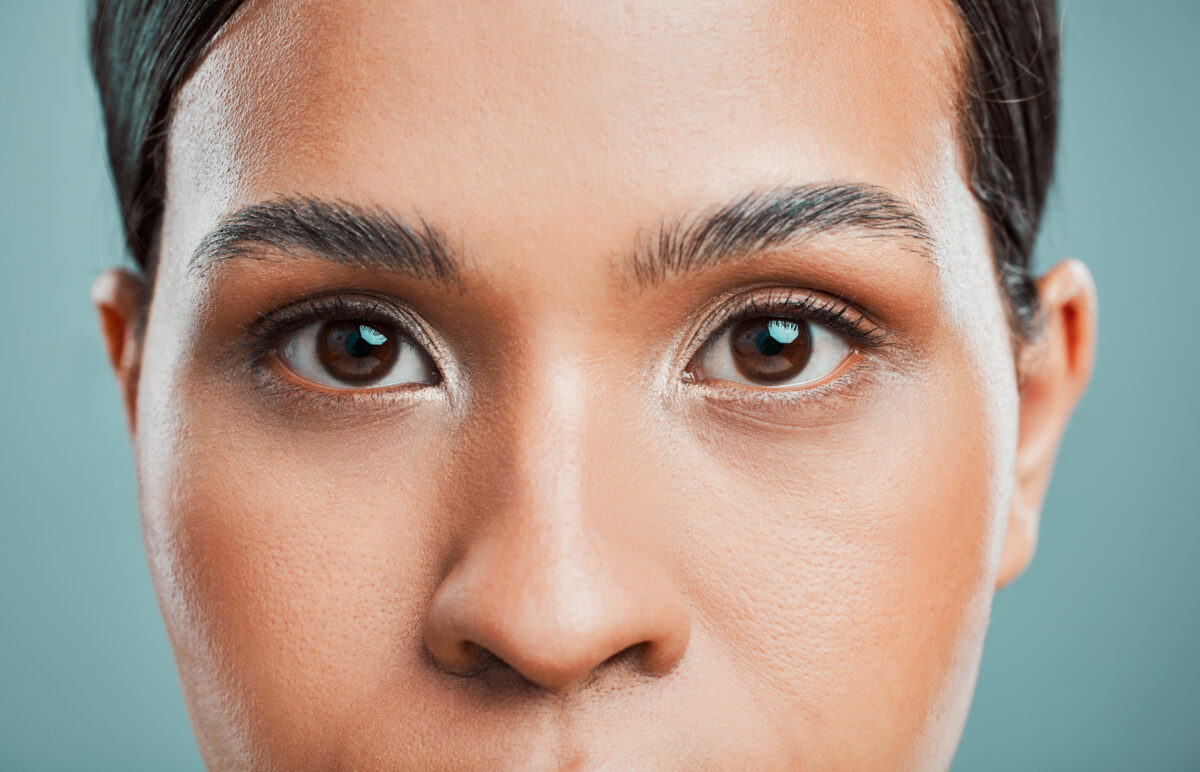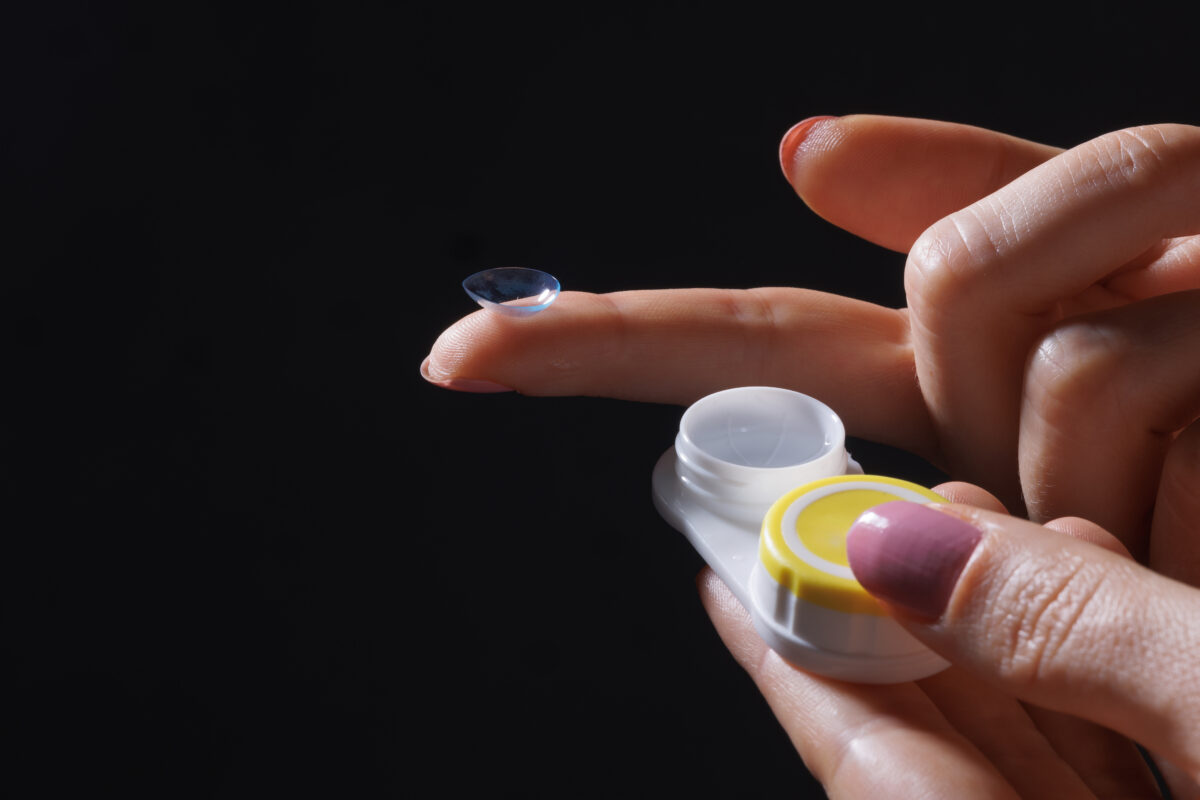A health condition in which the eyelid turns inward and the eyelashes and skin rub against the eye surface causing irritation and discomfort is called entropion. This condition occurs differently among people. While some of them have turned eyelids all the time, others when blinking hard or squeezing the eyelids shut only. However, entropion happens mostly in older adults and negatively affects the lower eyelid.
Sometimes, lubricating ointments and artificial tears can help relieve entropion symptoms but in most cases, people need surgery to correct the condition. If you ignore the symptoms and do not treat the condition it may lead to damage to the cornea, eye infections, and even blindness (vision loss).
Symptoms
Commonly, people with entropion experience the following symptoms. Examples include:
- Eye redness, irritation, or pain
- Light and wind sensitivity
- Excessive tearing (watery eyes)
- Mucous discharge and eyelid crusting
- Persistent feelings that something is in your eye
It is advised to seek emergency care if any of the following symptoms occur. Examples include:
- Reduced vision
- Light sensitivity
- Pain
- Sudden redness in your eyes
People who experience entropion for long periods may experience permanent damage to the eye.
Causes
Check below some entropion causes:
- Muscle weakness – With aging, the muscle under the eye may become weak. Furthermore, this is the most common cause of this health condition.
- Scars or previous surgeries – Scarring of the skin caused by chemical burns, trauma, or surgery may contribute to entropion or even cause it.
- Eye infections – There are multiple countries where an eye infection called trachoma is common. It is common in countries in Africa, Asia, Latin America, the Middle East, and the Pacific Islands. This infection causes scarring of the inner eyelid causing entropion and vision loss.
- Inflammation – Dryness or inflammation can cause eye irritation that may lead to rubbing the eyelid or squeezing it shut trying to lessen the symptoms. As a result, a spasm of the eyelid muscles may happen leading to spastic entropion.
- Developmental complication – Some people may have entropion at birth (congenital). It often is caused by an extra fold of the skin of the eyelid.
Risk Factors
Check below some factors that may elevate your risk of developing entropion:
- Age – The risk of entropion increases significantly with aging.
- Previous trauma or burns – People who have had a burn or other trauma on the face that causes scar tissue to appear are at increased risk of developing entropion.
- Trachoma infection – This infection may scar the inner eyelid tissue. Thus, people with this infection are more prone to develop the condition.
If you do not get treatment for entropion over time, you may experience some serious complications. These include permanent eye damage or vision loss.
How to Prevent Entropion?
In general, it is not possible to prevent this condition but you can prevent underlying conditions (such as trachoma infection). Furthermore, if your eyes become irritated and red after traveling to regions where this infection is common, immediately visit a doctor.
Diagnosis
This condition is usually diagnosed during a routine physical and eye examination. During these procedures, doctors may pull the eyelids or ask you to blink or close the eyes forcefully. It helps your doctor determine your eyelid position, muscle tone, and tightness.
Moreover, physicians may examine the surrounding tissues if the entropion is caused by previous surgery, scar tissue, or other conditions.
Treatment
The treatment your doctor will prescribe depends on the cause and severity of the condition, your age, symptoms, and others. In most cases, the eyelid returns or its normal position when the inflamed or infected eye is treated. Sometimes, the condition may persist even after treating the underlying condition if the tissue scarring has happened.
Generally, the most effective treatment option is surgery that corrects entropion.
Therapies
These include:
- Soft contact lens – Physicians may recommend soft contact lenses as a sort of corneal bandage to lessen the symptoms. These lenses are available with and without prescription.
- Botox – This treatment involves injecting small amounts of onabotulinumtoxin A (Botox) into the lower eyelid to turn it out. Several Botox injections may last up to 6 months.
- Specific stitches to turn the eyelid outward – This procedure involves local anesthesia and specific stitches placed along the impacted eyelid to turn it outward. However, this treatment is not a long-term solution because the eyelid may back inward after a few months.
- Skin tape – This is a transparent tape used to keep the eyelid from turning in.
Surgery
There are different surgeries used to treat entropion and which one is the best for you will be decided by your doctor. It usually depends on the exact cause of entropion.
If the condition occurs due to aging, surgeons will remove a small part of the lower eyelid that helps tighten negatively affected muscles and tendons. Thereafter, you will have several stitches on the outside of the corner of the eye.
Surgeons will perform a mucous membrane graft using tissue from the roof of the mouth or nasal passages if entropion occurs due to scar tissue, previous surgery, or trauma.
Usually, after surgery, you may need to use an antibiotic ointment for roughly one week and cold compresses to reduce swelling and bruising that happen after surgery.
Frequently Asked Questions
What are the entropion causes?
One of the most common causes of entropion is loss of muscle tone and elasticity in the eyelid, which often happens with aging. However, entropion may occur due to other causes including scarring of the skin, eye infections (such as trachoma infection), inflammation of the eye, and others.
What are the entropion types?
These include congenital, involutional, acute spastic, and cicatricial. In most cases, the lower eyelid is involutional while the upper one is cicatricial. Moreover, lower eyelid entropion happens more frequently than upper eyelid entropion. For more details, discuss it with your doctor.
What happens if entropion is left untreated?
People with this condition may experience some complications, especially without treatment. These include:
- Corneal damage – This complication often happens due to corneal abrasions, ulcers, or infections that continuously irritate the cornea. As a result, you may experience pain, increased sensitivity to light, excessive tearing, and blurred vision.
- Eye infections – The eye becomes more susceptible to bacteria and infections because of dryness caused by entropion. The most common symptoms include increased redness, swelling, discharge, and pain.
- Blindness (permanent vision loss)
If you have additional questions, ask your healthcare professional.




